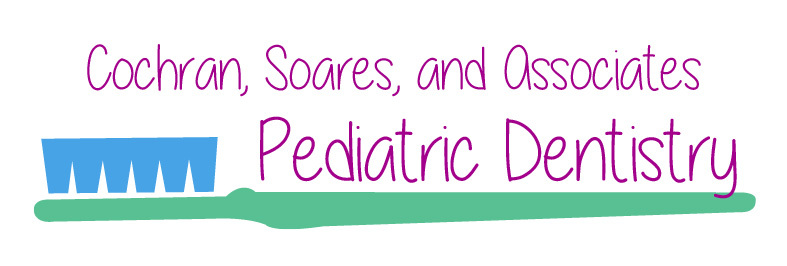From physical comfort to social confidence, affordability, and overall results, it makes sense that you might feel overwhelmed by the barrage of orthodontic treatments offered to your child come time to correct their smile.
How do I know which options are best? You might find yourself wondering. And how do I narrow it down?
“First, keep in mind that there is not a single ‘right way’ for orthodontic treatment to be done,” the American Association of Orthodontics (AAO) affirms. “One appliance is not inherently better than another. What is used for an individual’s correction will be based on the goals of treatment, and the patient’s lifestyle needs.”
In any case, you’ll still want to feel confident and informed about the options made available to your family. That’s why we’re here to discuss the primary differences between Invisalign and InBrace, two of the newest treatments offered today:
Invisalign & Ideal Solutions
Today, the comfort and discretion offered by clear aligners is known by virtually all orthodontic patients before they even cross the threshold and into the office for their first consultation.
“Unlike braces … clear aligners are removable and virtually invisible,” according to Invisalign, a leading producer of clear aligners. “There are no wires and brackets, so you don’t need to change the way you brush and floss.”
As such, individuals who qualify for this treatment often seek it out first. In most cases, clear aligners are designated for use on patients whose dental misalignments are not too severe and/or do not feature overcrowding.
Jaw corrections — such as with overbites or underbites — are also not able to be corrected with clear aligners.
Booking the Best with InBrace
For patients whose dental misalignments are extensive enough to warrant the use of traditional brackets and wires, the idea of being subjected to the high visibility of a metallic smile is less than preferable.
Thankfully, InBrace, otherwise known as lingual braces, offers a solution.
“Lingual braces have the same components as conventional braces, but they’re fixed to the back of your teeth, on the tongue — or lingual — side of the teeth,” as explained by Healthline. “Because they’re behind your teeth, they’re nearly invisible.”
Thus, lingual braces offer patients the comprehensive solutions of traditional braces with the added bonus of revolutionary discretion, thereby increasing their self-confidence throughout their treatment.
Your Care Comes First
Regardless of what questions may remain in your mind for the time being, you can at least be certain of one thing: Here at the office of Setzer, Cochran, Soares, and Hubbard, you can trust that our board-certified orthodontists have both the experience and the skills necessary to ensure your child undergoes a successful orthodontic treatment!
From the moment you enter our office to the moment we put the finishing touches on your child’s smile, we guarantee you that your whole family will feel comfortable while in our care.
So, are you ready to learn more or schedule your appointment? Then contact our office today to request your unique consultation! We look forward to helping your child achieve a healthy and happy smile.
